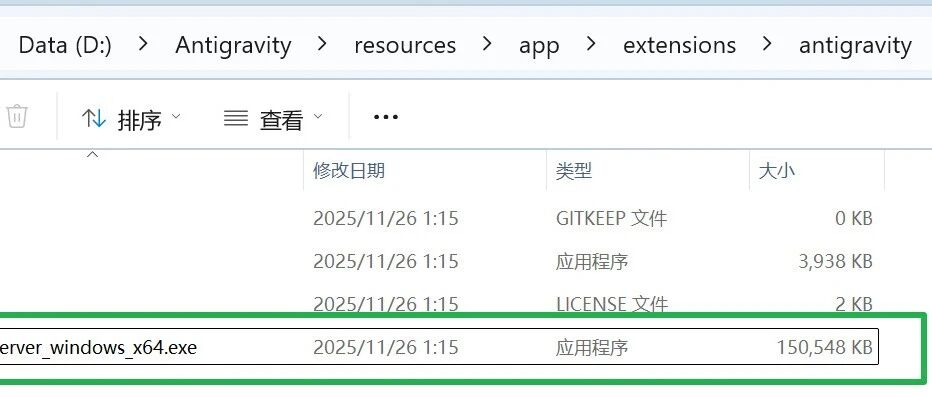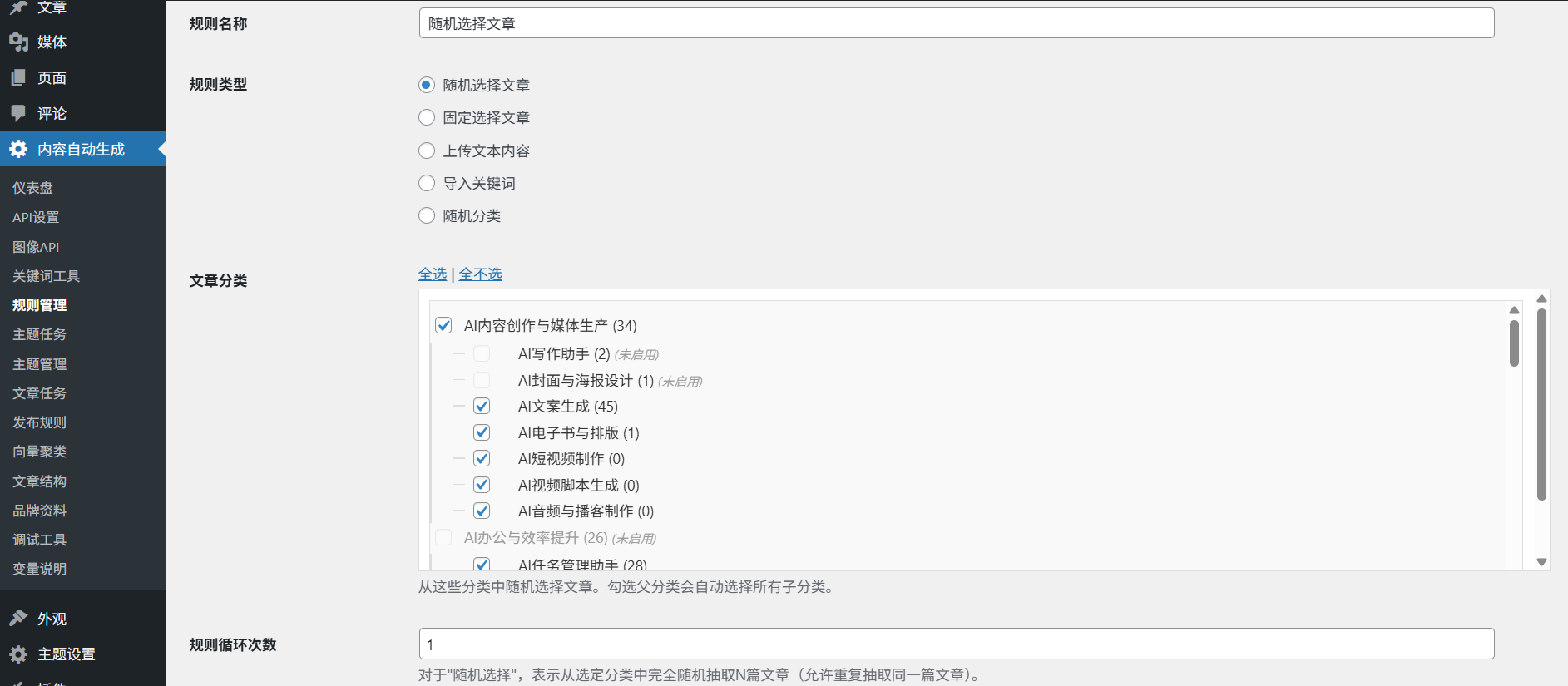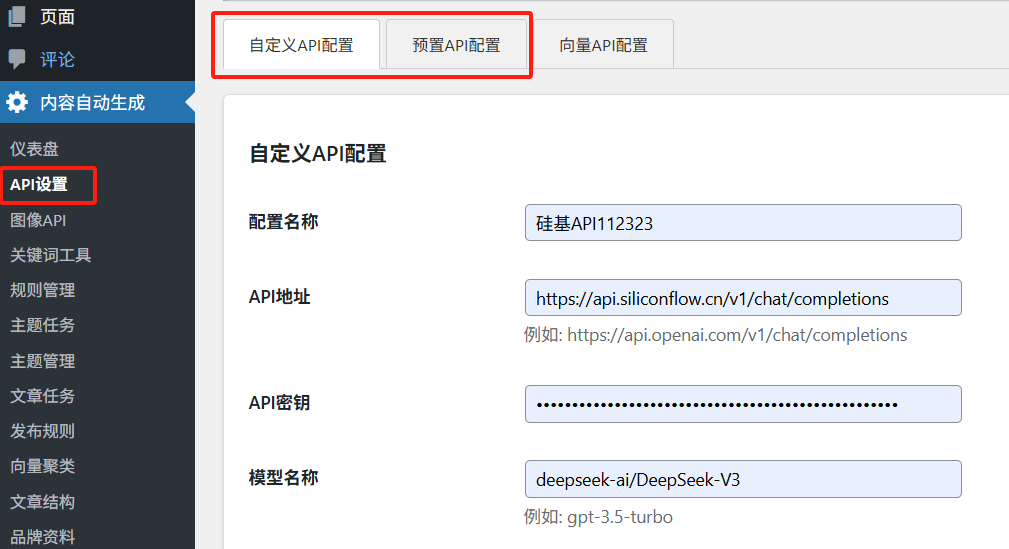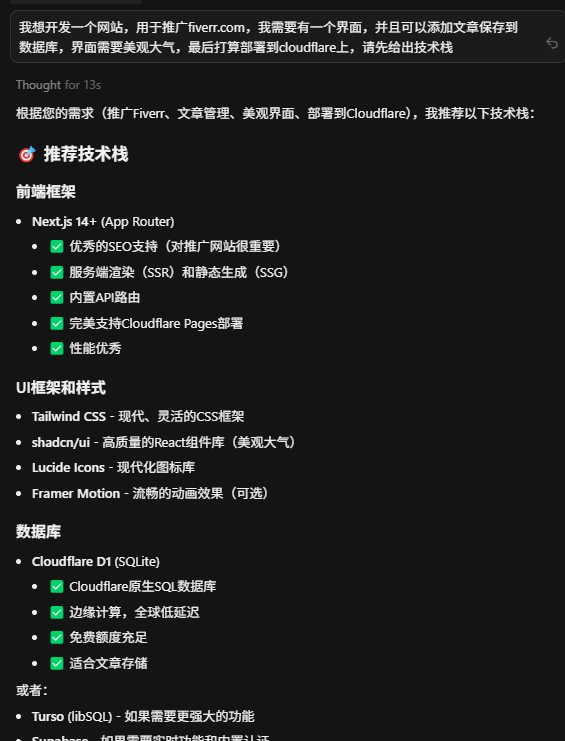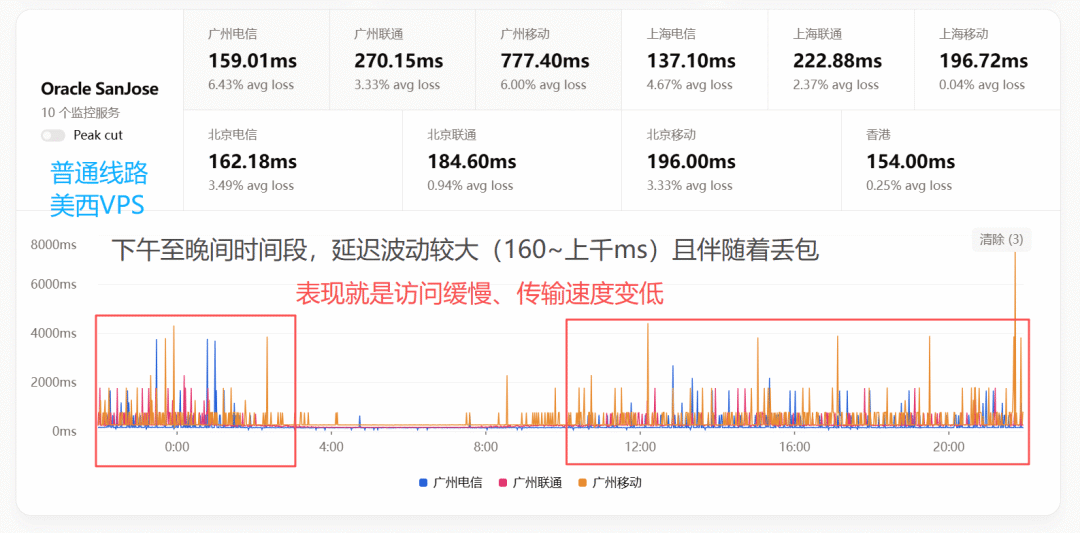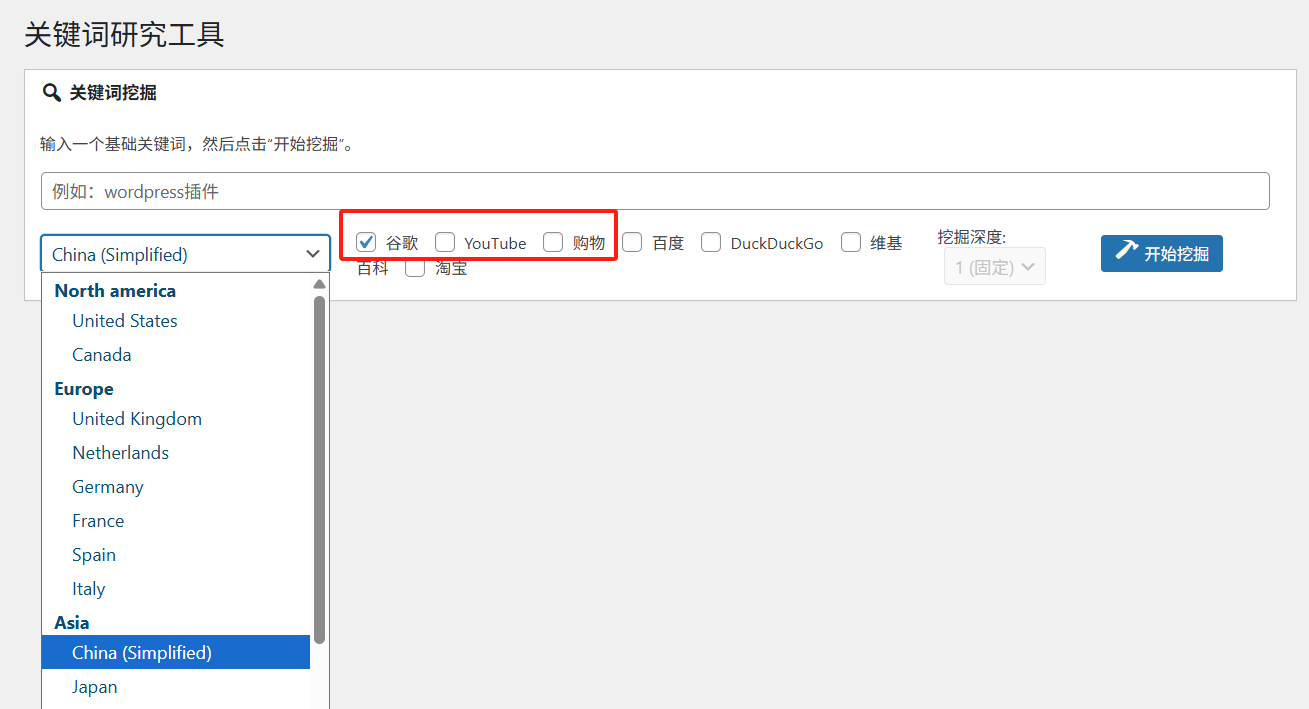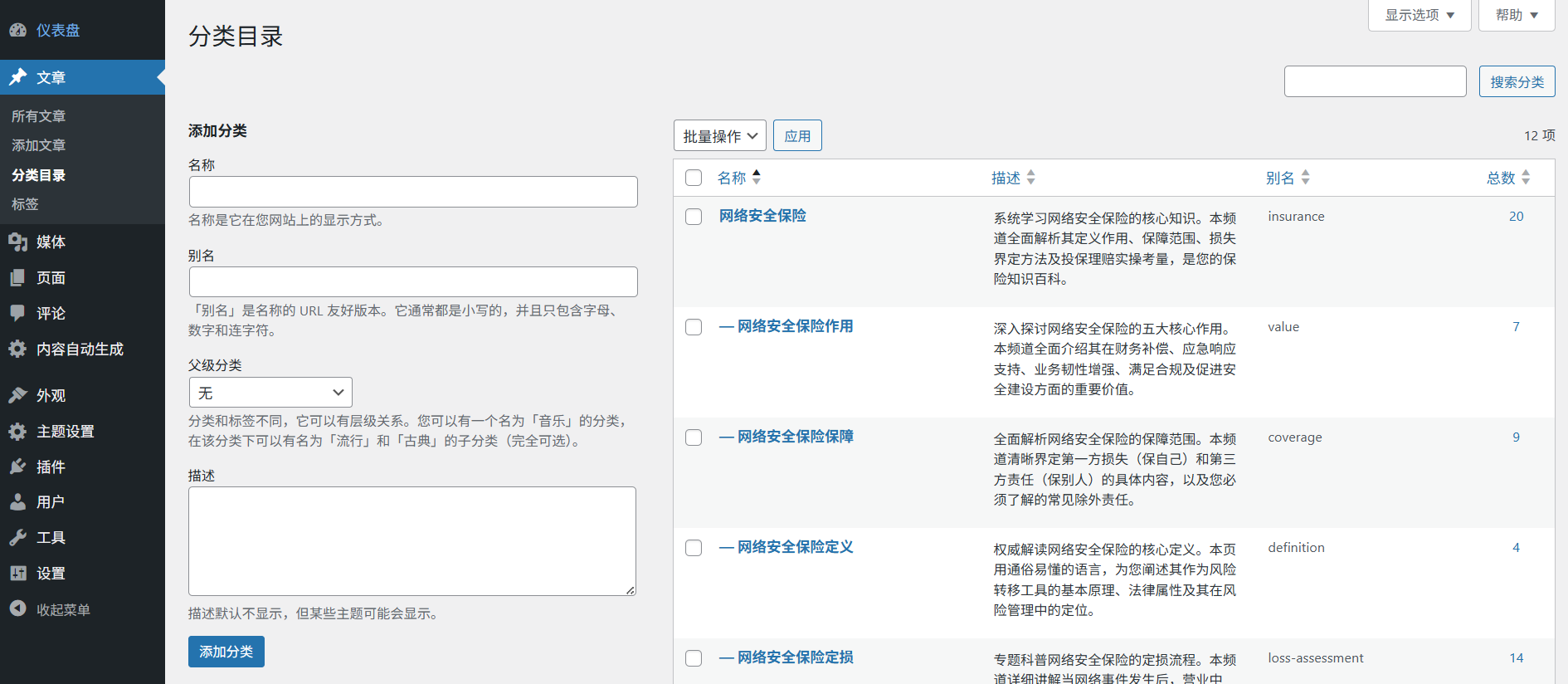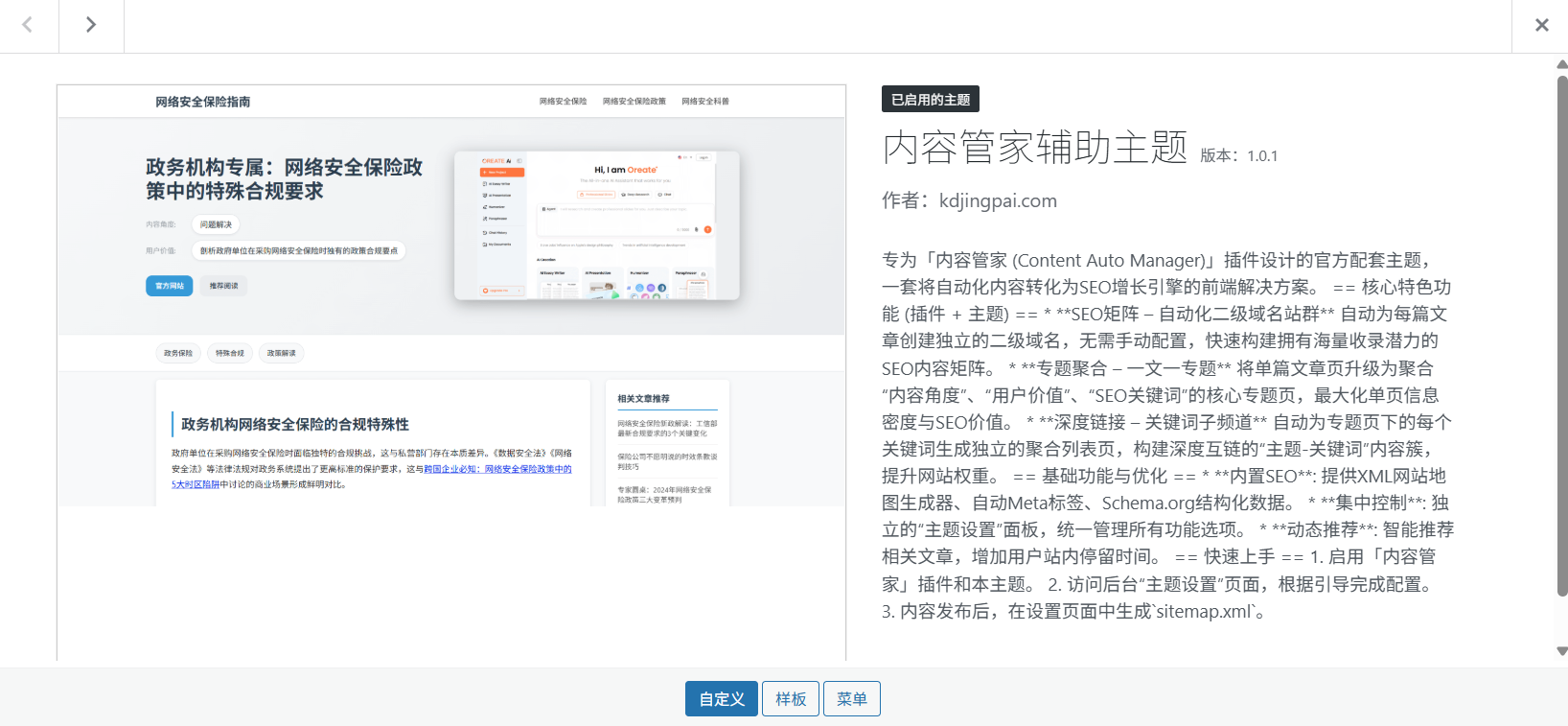The dsRAG utilizes a microkernel architecture and provides three main types of pluggable components:
Core Module Support
- vector database: BasicVectorDB/WeaviateVectorDB/ChromaDB, etc.
- embedding model: OpenAI/Cohere/Jina and other major APIs
- reorderer: CohereReranker/VoyageReranker or Disabled (NoReranker)
Design Advantage
- Technology stack flexibility: Businesses can follow existing infrastructure
- cost control: Choose API services at different price points according to your budget
- Performance Tuning: Combination of optimal solutions for different document types (e.g. legal documents are suitable for Cohere+Weaviate combination)
Practical examples show that by rationally configuring components:
- Patent literature processing speed increase of 60%
- Improved accuracy of financial report retrieval 22%
The system also reserves custom interfaces to support user access to privatized models or databases.
This answer comes from the articledsRAG: A Retrieval Engine for Unstructured Data and Complex QueriesThe













